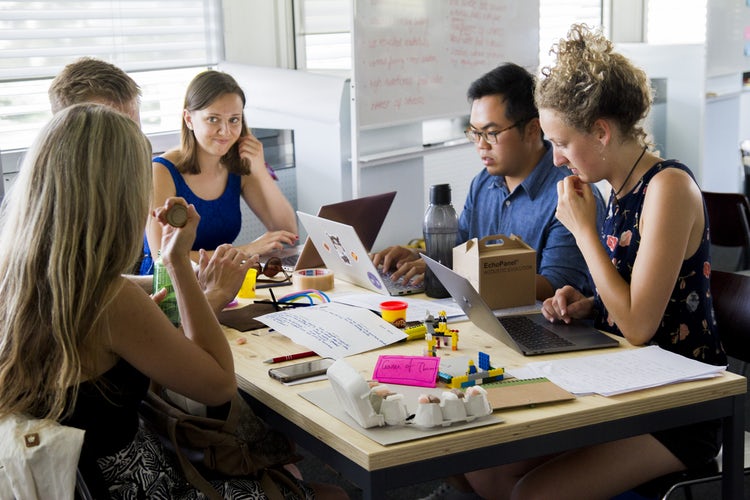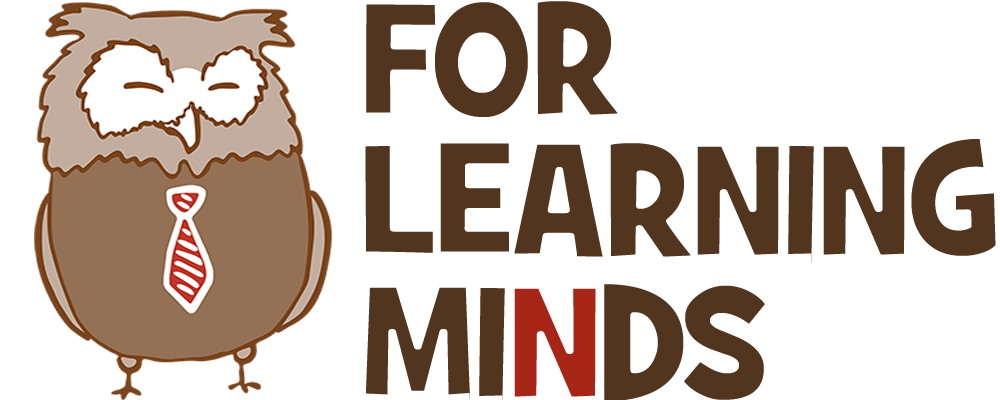| Disclosure: The links on this page are "Affiliate Links" and while these are shown at no costs to our viewers, they generate commissions for our website(s) |
Collaboration is the new hit word, being used by organizations, involving small startup companies all the way up to mega-corporations such as NASA. Open source projects are the future, concentrating the creative powers of individuals across the world and expediting the innovation process.
Whereas Technology, Business and even Social Media, have definitely understood its innumerable value and, with the help of the Internet, continue redefining old boundaries and expanding into new territories, Education has to do some catching up.

There is a chasm between education and collaboration, mainly attributed to the fact that collaboration still doesn’t have a clear meaning, operation method and implementation, able to enhance student teamwork and the student-teacher relationship. Collaboration’s end result isn’t success necessarily but discovery, bringing together people from different backgrounds and allowing mutual idealization. Academics should realize that collaboration doesn’t aim for but can be used as an alternative success indicator, favoring not “the one” but “the group”. Confusing also can be the point that collaboration needs a start, an initial agreement on what exactly we are working together towards. It’s the teacher’s responsibility to recognize and present that important parameter.
Education might try to defend itself and say that it has, in fact, permitted collaboration by introducing new, popular teaching methods that compartmentalize the classroom in smaller groups working on different subjects. Collaboration and division might look the same at first glance, but they are not. Collaboration means “thinking together delivering a cumulative product’, division means “thinking separately and gluing together the different pieces of a product”, something that the education system and old fashioned business models have been fostering so far. Other parameters that hinder collaboration in the classroom is favoritism, competition, lack of technology, bullying and racism, all affecting and targeting the individual and weakening substantial teamwork.
More specifically, personalized technology can be the golden ticket, allowing collaboration and education to finally meet. The majority of students nowadays are social media savvy, spending a good portion of their time in the internet. This can be the trojan horse breaking archaic educational systems. Coming up with a system capable of implementing personalized technology and broadening its boundaries is Education’s biggest challenge. Obsolete grade systems should be disregarded and a new, cloud platform that nurtures the classroom as an entity, optimizing the ideas of the group, must be created.

The classroom as the ideal host for collaboration and its beneficial impact can be used on a large scale, whether universities, research facilities or other educational programs. Quite indicative is the student collaboration example that Paul Romani from Pear Tree Education presents.
It involves a literature class and how collaboration can help make the learning experience positive. Administrative roles are assigned to the students that keep them interested and engaged. The video suggests a discussion director, a character captain, a word master, a passage selector, a culture connector, an illustrator and a summarizer, all great parts binding together culture, art, vocabulary, content, dialogue etc. What a teacher does, as mentioned beforehand, is choosing the starting point, defining the exact task. Here would be relevant material, providing a book or a selection of books that can support the skeleton of the classroom.
Eventually what collaboration will succeed in doing is preparing students for the world outside a classroom and making them great team players. The teacher will become a mentor and the student a teacher.









